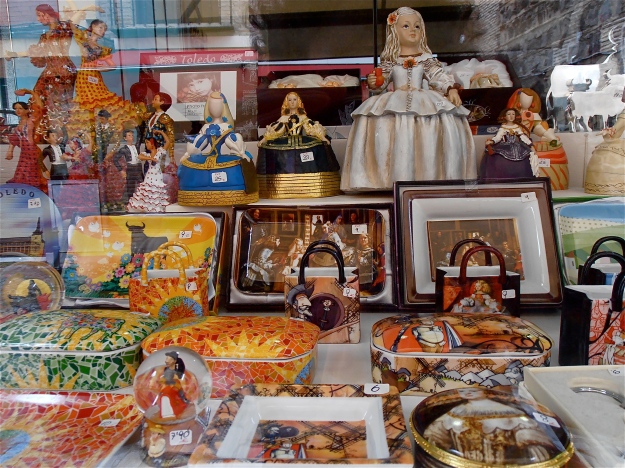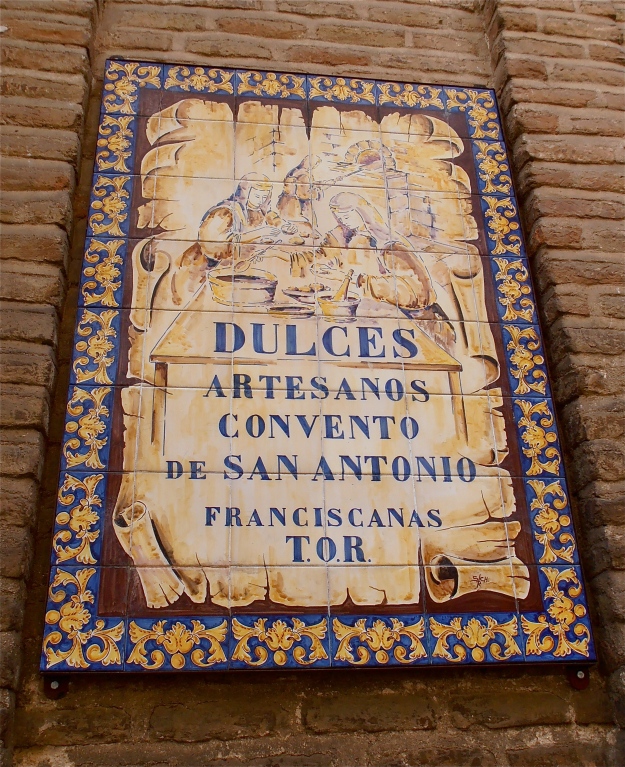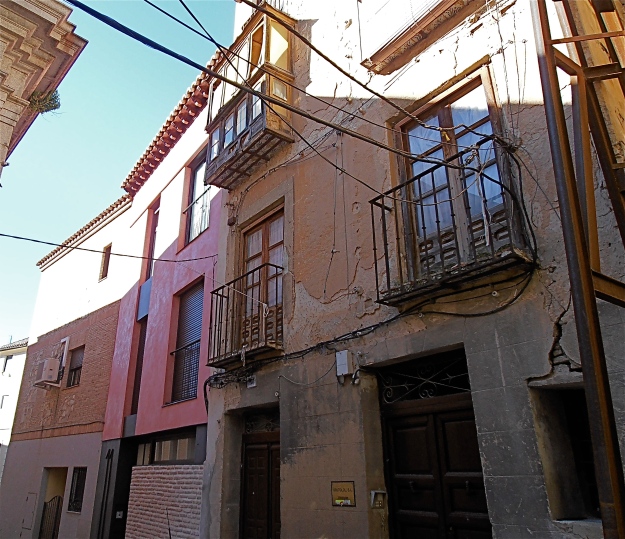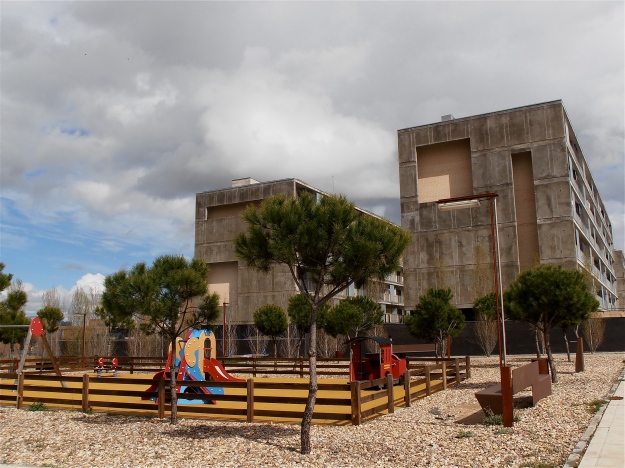Ah, smoking… a topic that should provide plenty of fodder for an animated discussion. I’m going to off start with a handful of statistics, followed by some observations and anecdotes about smoking culture in the few countries that I have direct experience of.
Eastern Europeans smoke the most
OK, numbers first. The market research company I do most of my freelance work for also keeps tabs on global cigarette sales. And even though I’ve no legitimate business rummaging around in there, I do, on occasions, wheedle my way into that part of the database, goaded by lurid fascination.
It tells me that global per capita consumption of cigarettes stood at 833 in 2011. That’s individual sticks, not packets. Eastern Europeans are the heaviest smokers – Belarus leads the pack (pardon the pun) with 3,080 cigarettes per head, followed by Serbia (2,946) and Russia (2,624). In fact, there are only two countries in the top ten that are not Eastern European, namely Greece and South Korea.
For added context, the four countries I’m going to be referring to in my observations below fare as follows: Spanish consumers racked up 1,378 cigs per head in 2011 (there is a steep downward trend, in 2006 it was 2,127), Germans
1,037, Americans 959 and Brits came in below the global average with 720.
Never make assumptions…
As to attitudes to smoking in various countries, I’m not planning to launch into an all-angles considered assessment, I’m just going to relay a couple of anecdotes and some personal observations. I realise that your take on things may well differ considerably from mine.

In January 2011, Spain banned smoking in all bars and restaurants. The Spanish have a reputation for not giving a toss about regulations pertaining to behaviour in public spaces, but, much to everyone’s surprise, people are actually sticking to this one.
I took this picture in a local cafe, with the ‘No Smoking’ sign neatly perched on top of a cigarette vending machine.
In 2011, at Christmas time, when I’d only been in Spain for a couple of months, a kind new friend invited me along to a pre-Christmas dinner at her house. There were about a dozen of us, and once the introductions were out of the way, one of the guests asked the hostess whether she minded him smoking in her living room. She told him to go ahead. When we took our seats at the table, I carefully chose the chair farthest away from him.
I needn’t have bothered. As soon as the desserts arrived, six people lit up in complicit unison. I sat there, watching what was happening in complete and utter incredulity. I also remember being slightly bemused by my own reaction – I had just assumed that this was no longer a socially acceptable behaviour in the ‘civilised world’.
I had really wanted to stay for the whole evening. All the people were lovely and interesting, and they were making a star effort to engage me in conversation, which I really appreciated, considering my quite limited Spanish conversation skills. One person smoking would have been bearable, but the combined fumes of six people puffing one after the other made my eyes water and my lungs burn. So, with much regret, I took off early.
Cultural differences and changing attitudes
I think my bias is clear: I’m no great fan of smoking. I grew up in a smoke-filled house, and there was no escape from it. My father, in particular, would regularly walk into my bedroom where he kept his tool cupboard, fag* ablaze.
Back in the 80s and early 90s, when I still lived in Germany, it was common for people to smoke while sitting at their office desks. When I moved to the UK in the early 90s, I immediately noticed that there was no smoking in the workplace.
And another thing caught my attention: Like in Spain, in Germany, smoking was (and still is) fairly evenly distributed throughout the socioeconomic classes, while in the UK (and, in my albeit much more limited experience, the US) educated middle class people rarely smoke. If they do, they usually resort to ‘stealth’ tactics, i.e. they smoke in their yards or on the balcony rather than inside their homes. This trend of not smoking in one’s living quarters also appears to have also taken hold in Germany in recent years.
A Spanish friend of mine told me an anecdote about a family visit to the US several years ago. As she and some other visitors got into her (American) sister-in-law’s car, her sister-in-law said, “Please don’t smoke in my car”. This struck my friend as a terribly rude request to impose on one’s guests. She laughs about this now, as she wouldn’t really want people to be smoking in her house or car either, but in Spain this is still quite commonly done and accepted.
If anyone wants to share their thoughts and experiences on this topic, I would love to hear them. But, please, let’s not descend to violently bashing smokers.
*) For the American reader contingent: “fag” is a British slang term for “cigarette”.
[For data source, click here]































































